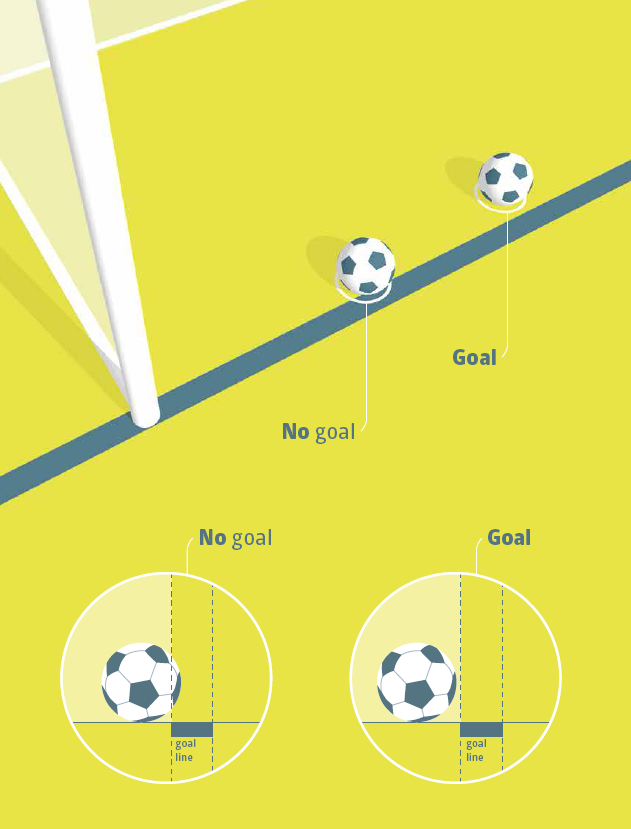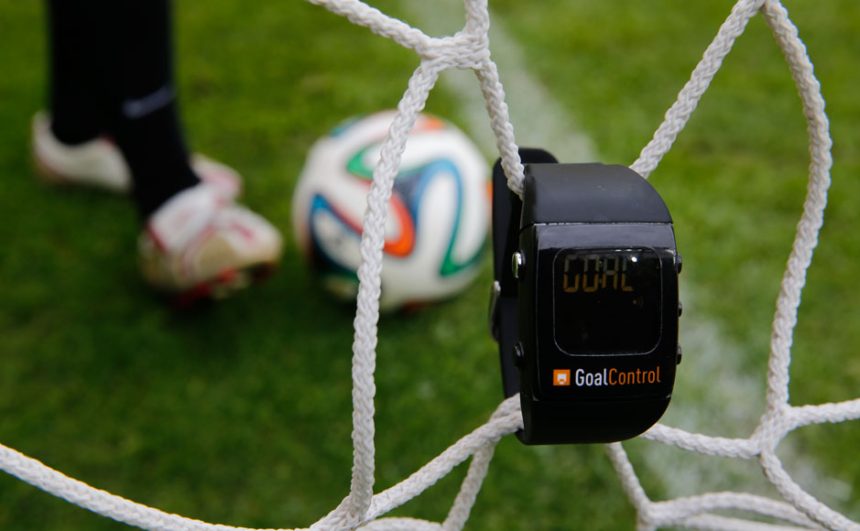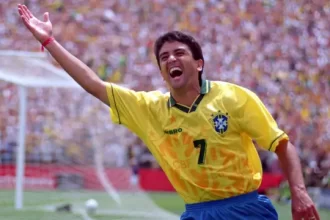1. Goal scored
A goal is scored when the whole of the ball passes over the goal line, between the goalposts, and under the crossbar, provided that no offense has been committed by the team scoring the goal.
If the goalkeeper throws the ball directly into the opponent’s goal, a goal kick is awarded. If a referee signals a goal before the ball has passed wholly over the goal line, play is restarted with a dropped ball.

2. Winning team
The team scoring the greater number of goals is the winner. If both teams score no goals or an equal number of goals the match is drawn. When competition rules require a winning team after a drawn match or home-and-away tie, the only permitted procedures to determine the winning team are:
- away goals rule
- two equal periods of extra time not exceeding 15 minutes each
- penalties (penalty shoot-out)
A combination of the above procedures may be used
3. Penalties (penalty shoot-out)
Penalties (penalty shoot-out) are taken after the match has ended and unless otherwise stated, the relevant Laws of the Game apply. A player who has been sent off during the match is not permitted to take part; warnings and cautions issued to players and team officials during the match are not carried forward into penalties (penalty shoot-out).
PROCEDURE BEFORE PENALTIES (PENALTY SHOOT-OUT) START
- Unless there are other considerations (e.g. ground conditions, safety, etc.), the referee tosses a coin to decide the goal at which the kicks will be taken which may only be changed for safety reasons or if the goal or playing surface becomes unusable
- The referee tosses a coin again and the team that wins the toss decides whether to take the first or second kick
- With the exception of a substitute for a goalkeeper who is unable to continue, only players who are on the field of play or are temporarily off the field of play (injury, adjusting equipment, etc.) at the end of the match are eligible to take kicks
- Each team is responsible for selecting from the eligible players the order in which they will take the kicks. The referee is not informed of the order
- If at the end of the match and before or during the kicks one team has a greater number of players than its opponents, it must reduce its numbers to the same number as its opponents and the referee must be informed of the name and number of each player excluded. Any excluded player is not eligible to take part in the kicks (except as outlined below)
- A goalkeeper who is unable to continue before or during the kicks may be replaced by a player excluded to equalize the number of players or, if their team has not used its maximum permitted number of substitutes, a named substitute, but the replaced goalkeeper takes no further part and may not take a kick
- If a goalkeeper has already taken a kick, the replacement may not take a kick until the next round of kicks
DURING PENALTIES (PENALTY SHOOT-OUT)
- Only eligible players and match officials are permitted to remain on the field of play
- All eligible players, except the player taking the kick and the two goalkeepers, must remain within the center circle
- The goalkeeper of the kicker must remain on the field of play, outside the penalty area, on the goal line where it meets the penalty area boundary line
- An eligible player may change places with the goalkeeper
- The kick is completed when the ball stops moving, goes out of play or the referee stops play for any offense; the kicker may not play the ball a second time
- The referee keeps a record of the kicks
- If the goalkeeper commits an offense and, as a result, the kick is retaken, the goalkeeper is warned for the first offense and cautioned for any subsequent offense (s)
- If the kicker is penalized for an offense committed after the referee has signaled for the kick to be taken, that kick is recorded as missed and the kicker is cautioned
- If both the goalkeeper and the kicker commit an offense at the same time, the kick is recorded as missed and the kicker cautioned
SUBJECT TO THE CONDITIONS EXPLAINED BELOW, BOTH TEAMS TAKE FIVE KICKS
- The kicks are taken alternately by the teams
- Each kick is taken by a different player, and all eligible players must take a kick before any player can take a second kick
- If, before both teams have taken five kicks, one has scored more goals than the other could score, even if it were to complete its five kicks, no more kicks are taken
- If, after both teams have taken five kicks, the scores are level, kicks continue until one team has scored a goal more than the other from the same number of kicks
- The above principle continues for any subsequent sequence of kicks but a team may change the order of kickers
- Penalties (penalty shoot-out) must not be delayed for a player who leaves the field of play. The player’s kick will be forfeited (not scored) if the player does not return in time to take a kick
SUBSTITUTIONS AND SENDING-OFFS DURING PENALTIES (PENALTY SHOOT-OUT)
- A player, substitute, substituted player, or team official may be cautioned or sent off
- A goalkeeper who is sent off must be replaced by an eligible player
- A player other than the goalkeeper who is unable to continue may not be replaced
- The referee must not abandon the match if a team is reduced to fewer than seven players
By: Laws of the Game 2023-24





